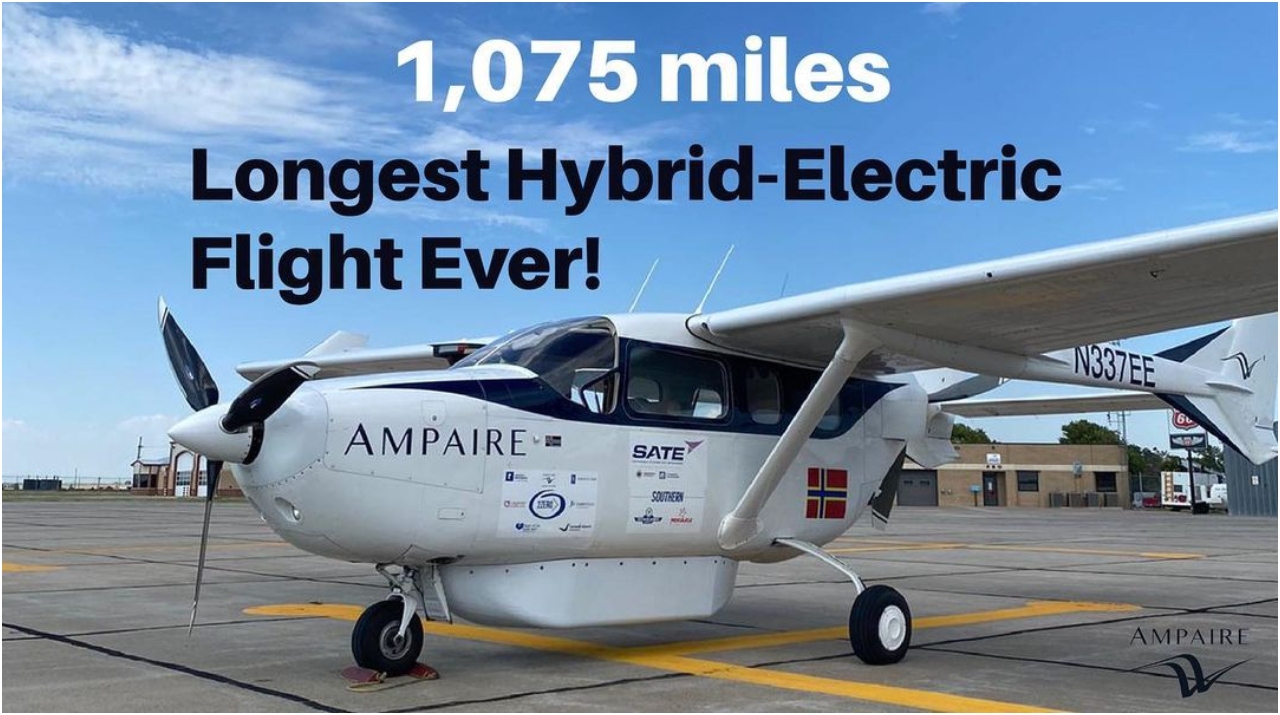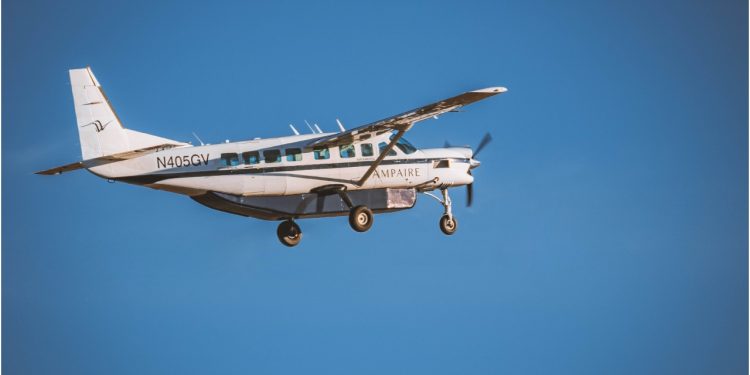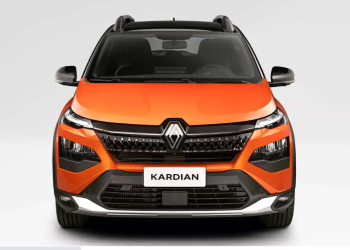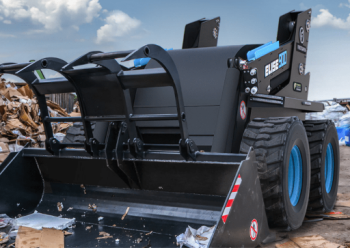With a view to contributing to a more sustainable air traffic industry, Ampaire has carried out the first flight in a hybrid-electric aircraft at the regional level on November 18, representing a breakthrough for the aviation sector in terms of efforts to reduce carbon emissions.
The aircraft, called Eco Caravan, considerably reduces fuel consumption by 70%, in addition to reducing the cost of operation by between 25% and 40% depending on the structure of the airline’s route, after incorporating a fully integrated hybrid-electric powertrain, leading a revolution for the future, as it is expected to be the first regional aircraft to enter commercial service, with certification in 2024.
Mechanically, it has an integrated Ampaire propulsion system comprising a compression ignition engine and an electric motor. In addition, it integrates a battery module (with a range of 1,000 miles) located in a fairing of the body of the aircraft, retaining capacity for passengers (9) and cargo.
“Aviation is the most difficult industry to decarbonize. All-electric aircraft have limited range due to the weight and energy capacity of batteries currently in use. However, hybrid-electric aircraft can preserve the range and utility of current aircraft. That’s why we are focusing on hybrid-electric propulsion for a range of increasingly capable regional aircraft. It’s a resource for the airline industry to decarbonize faster and also benefit from lower operating costs,” said Kevin Noertker, Ampaire’s CEO.

Related content: World’s First Electric Seaplane Moves Closer and Closer to Realization
The First Flight
A 33-minute flight made history as the first hybrid-electric flight to perform initial propulsion system checks. Under the command of pilot Elliot Seguin, the aircraft took off from Camarillo Airport (north of Los Angeles, USA) at 7:49 am (PT), lifting its altitude to 5,500 feet with full power, employing both the electric and combustion engines.
Subsequently, power was reduced to converse flight cruise level, thus reducing the load on both power units. After approximately 20 minutes, where various power configurations were tested while other controls such as temperature were studied, the landing proceeded to complete 1,075 flight miles.
“The Eco Caravan aircraft propulsion system performed as expected. It was smooth and quiet. All temperature and power readings were normal,” said Seguin after the flight.
Written by | Ronald Ortega



















